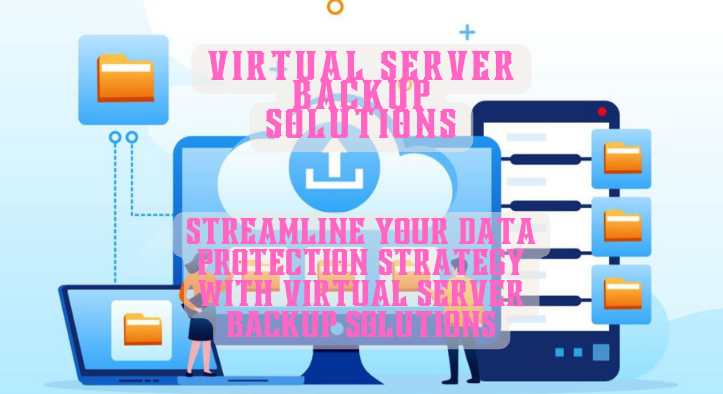The Ultimate Guide to Secure Virtual Data Backup: Safeguarding Your Critical Information

The Ultimate Guide to Secure Virtual Data Backup: Safeguarding Your Critical Information
Data is the lifeblood of any business, and it’s essential to protect it from loss or damage. Virtual data backup is a powerful tool for safeguarding your critical information, but it’s important to understand the different types of backup and how to use them effectively. This guide will provide an overview of virtual data backup and the best practices for protecting your data.
What is Virtual Data Backup?
Virtual data backup is the process of creating copies of data and storing them in a secure location. This ensures that if the original data is lost or corrupted, the backup can be used to restore it. Virtual data backup is different from traditional backup methods, such as tape or disk, because it stores data in a virtual environment, such as the cloud. This makes it easier to access and manage data backups, as well as to scale up or down as needed.
Types of Virtual Data Backup
There are several types of virtual data backup, each with its own advantages and disadvantages. The most common types are:
- Full Backup: A full backup creates a complete copy of all data, including files, folders, and applications. This type of backup is the most comprehensive, but it can take a long time to complete and requires a lot of storage space.
- Incremental Backup: An incremental backup only copies data that has changed since the last backup. This type of backup is faster and more efficient, but it may not capture all changes if the data is updated frequently.
- Differential Backup: A differential backup copies all data that has changed since the last full backup. This type of backup is faster than a full backup, but it may not capture all changes if the data is updated frequently.
- Mirror Backup: A mirror backup creates an exact copy of the data, including all files, folders, and applications. This type of backup is the most comprehensive, but it can take a long time to complete and requires a lot of storage space.
Best Practices for Virtual Data Backup
To ensure that your data is properly backed up and secure, there are several best practices to follow:
- Create Regular Backups: It’s important to create regular backups of your data to ensure that you have the most up-to-date version. Depending on the type of data, you may want to create backups daily, weekly, or monthly.
- Test Backups: It’s important to test your backups regularly to ensure that they are working properly. This can be done by restoring a backup and verifying that the data is intact.
- Secure Backups: It’s important to secure your backups to prevent unauthorized access. This can be done by encrypting the data and using secure protocols for transferring and storing the data.
- Monitor Backups: It’s important to monitor your backups to ensure that they are running properly and that the data is secure. This can be done by using monitoring tools to track the status of backups and alert you if there are any issues.
Conclusion
Virtual data backup is a powerful tool for safeguarding your critical information, but it’s important to understand the different types of backup and how to use them effectively. By following the best practices outlined in this guide, you can ensure that your data is properly backed up and secure. With the right tools and processes in place, you can rest assured that your data is safe and secure.
In summary, virtual data backup is an essential tool for protecting your critical information. By understanding the different types of backup and following best practices, you can ensure that your data is properly backed up and secure. With the right tools and processes in place, you can rest assured that your data is safe and secure.

